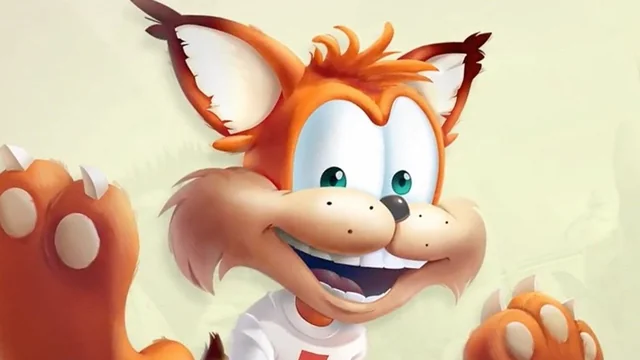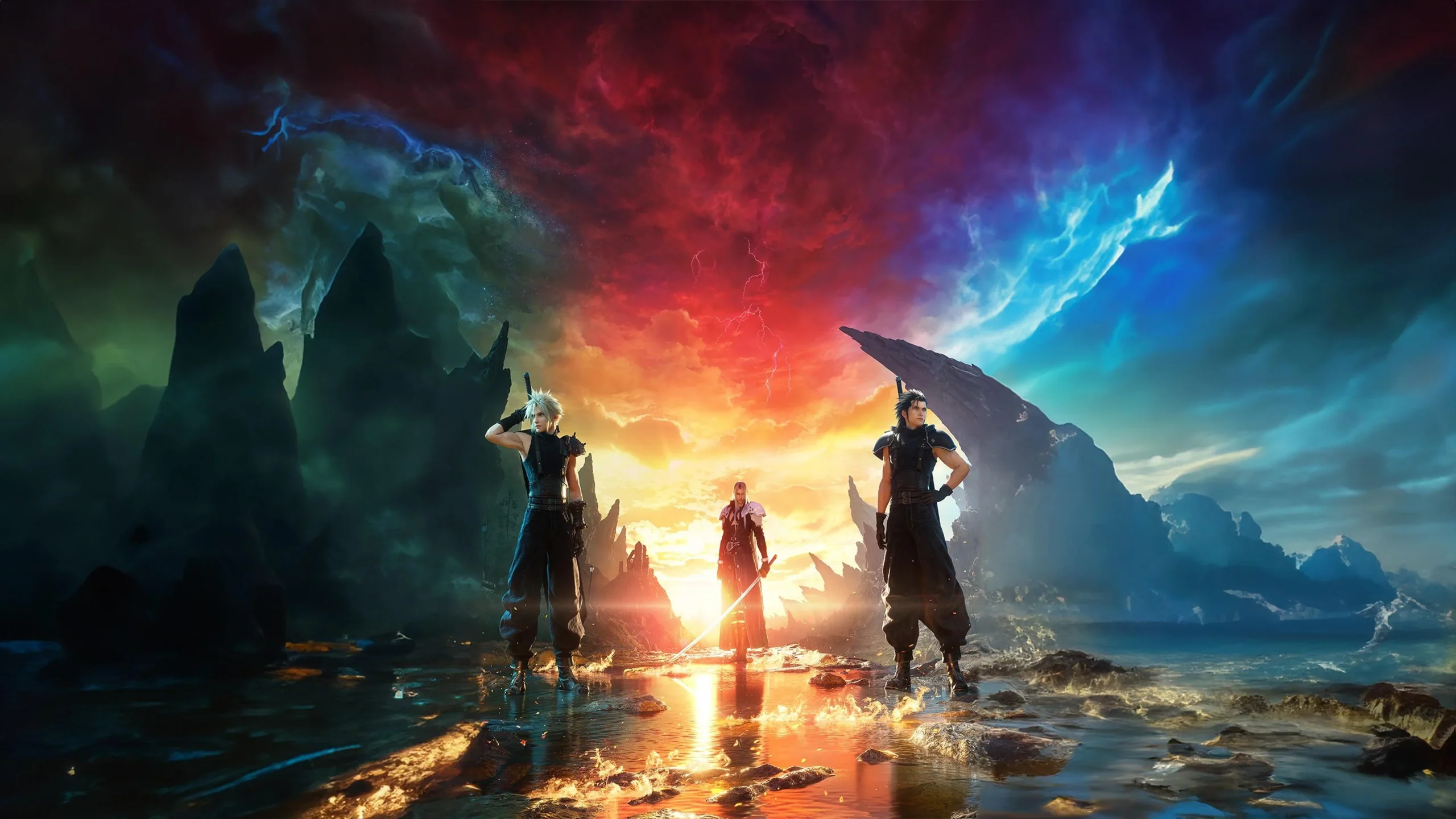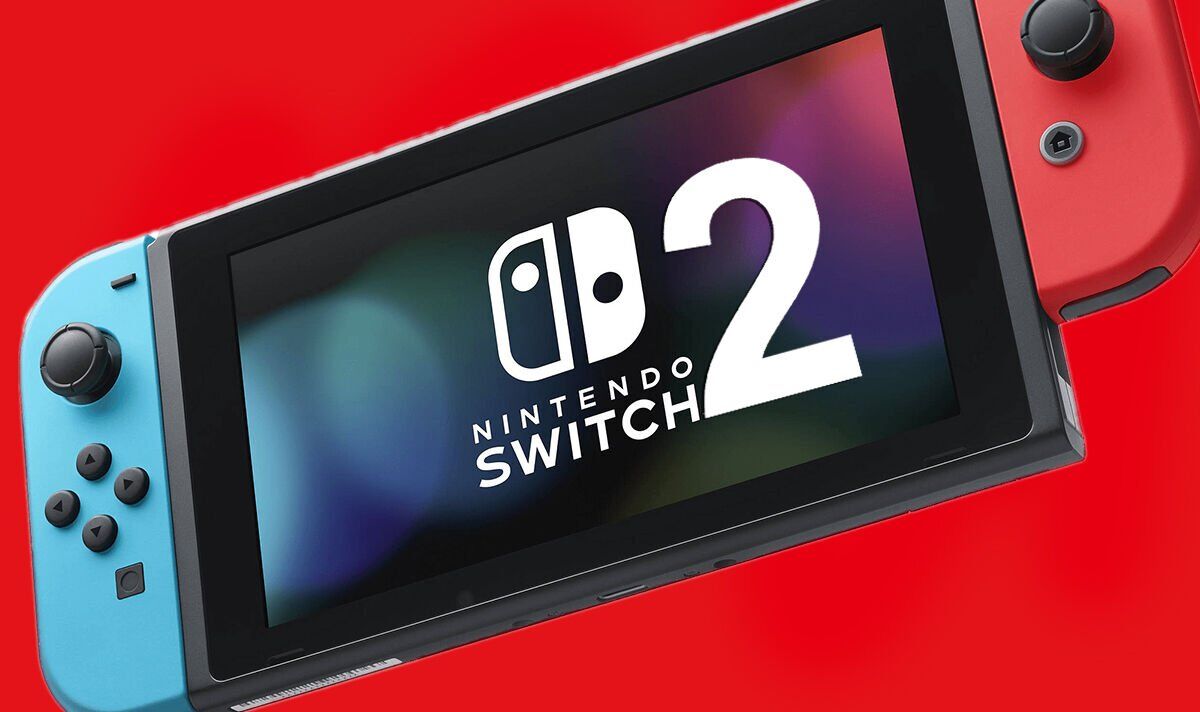In the 1990s, video game companies were scrambling to create their own mascot characters to rival the likes of Sonic the Hedgehog and Mario. Enter Bubsy the Bobcat, an anthropomorphic feline with a snarky attitude and a pair of red sneakers. Developed by Accolade, Bubsy was poised to become a household name in the platforming genre. However, while he managed to carve out a brief moment of fame, Bubsy quickly became infamous as one of the most criticized characters in video game history.
Bubsy is a wise-cracking, cocky bobcat with a penchant for puns, a love of yarn, and an attitude that can best be described as overconfident. His full name is “Bubsy Bobcat,” and he was initially conceived to fill the void of animal-based platforming mascots. Armed with an exaggerated personality and catchphrases like, “What could possibly go wrong?”, Bubsy was meant to appeal to gamers looking for a fresh alternative to the more serious tone of other platformers.
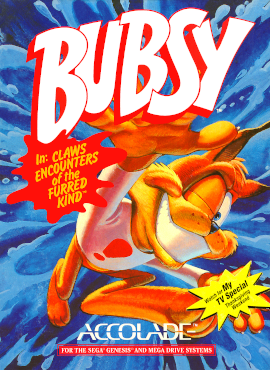
Bubsy made his debut in 1993 with Bubsy in Claws Encounters of the Furred Kind for the Sega Genesis, Super Nintendo, and PC. The game was a 2D platformer featuring Bubsy as the protagonist trying to stop the evil alien race known as the Woolies from stealing Earth’s supply of yarn.
The game was met with some praise upon release, especially for its colorful graphics and quirky character design. However, critics and players quickly noticed major flaws: sloppy controls, imprecise jumping mechanics, and a difficulty curve that was more frustrating than fun. Bubsy’s personality, while intended to be charming, came off as annoying, with players frequently bombarded by his catchphrases and one-liners.
Despite these issues, Claws Encounters sold well enough to justify sequels and was even bundled with various systems. Bubsy was on his way to becoming a recognizable figure in gaming.
With the moderate success of his debut, Bubsy returned in Bubsy 2 (1994), which built upon the original game by adding new levels, gadgets, and mini-games. Unfortunately, the game retained many of the same control and design issues that plagued its predecessor, and by this time, players had started to tire of the character’s antics. Bubsy’s catchphrases, once quirky, were now more grating than ever, and his cocky persona had lost its charm.
Then came Bubsy 3D in 1996, widely regarded as one of the worst video games ever made. Developed by Eidetic, Bubsy 3D attempted to bring the character into the third dimension, much like Mario with Super Mario 64 and Sonic with Sonic Adventure. However, the game was a disaster. The graphics were blocky and unfinished, the controls were clunky and difficult to manage, and the level design was confusing. Bubsy’s voice acting and personality, by this point, had gone from slightly annoying to unbearable.
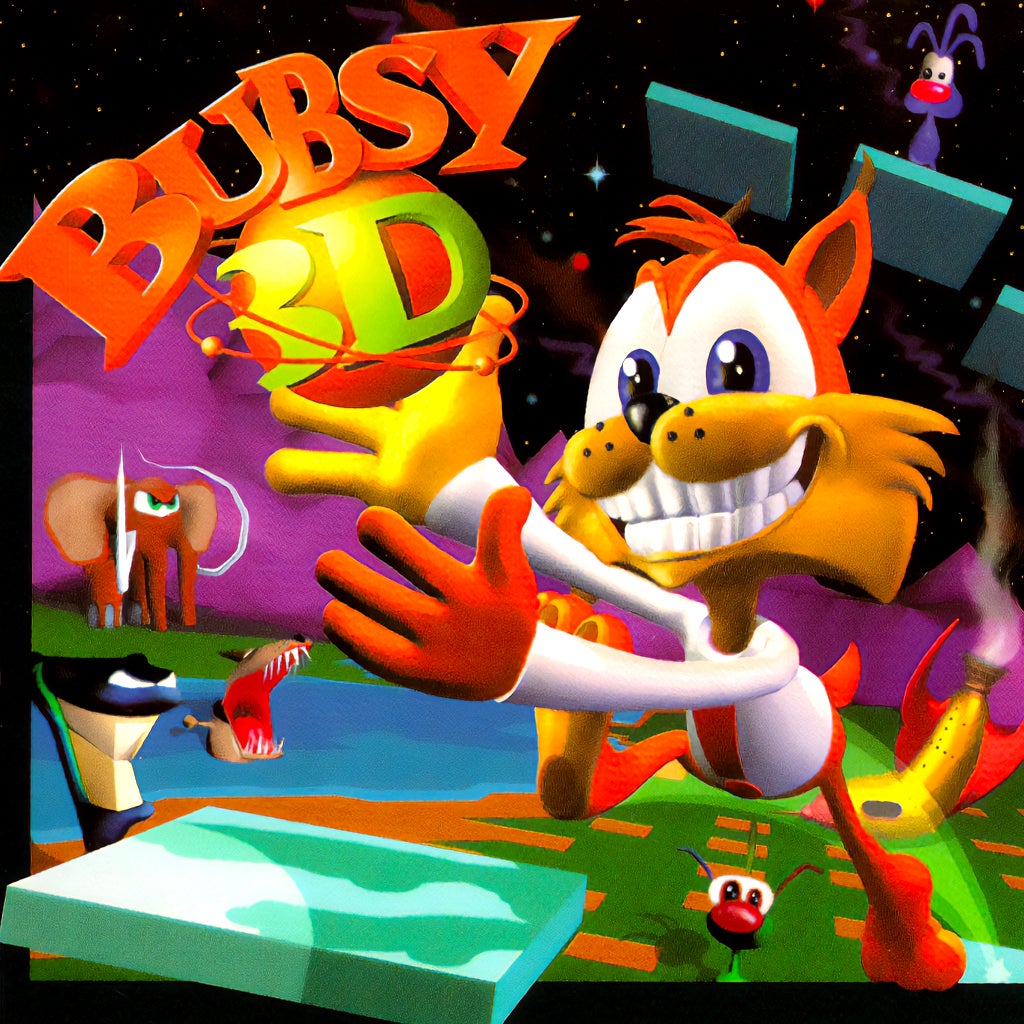
The failure of Bubsy 3D effectively killed the character’s career in the gaming world for nearly two decades. The game was so poorly received that it became the defining low point for Bubsy, and he was largely forgotten as the platformer genre continued to evolve without him.
Remarkably, Bubsy made a comeback in 2017 with Bubsy: The Woolies Strike Back. Developed by Black Forest Games, the title was an attempt to recapture the magic of the original Bubsy game while introducing modern gaming mechanics. The result? A game that was mediocre at best. While it wasn’t as disastrous as Bubsy 3D, it failed to win over new fans or erase the character’s tarnished legacy.
In 2019, Bubsy returned yet again in Bubsy: Paws on Fire!, a side-scrolling platformer that played more like an endless runner. Despite improvements, the game didn’t generate much interest, as players had long since moved on from Bubsy’s quirky brand of platforming.
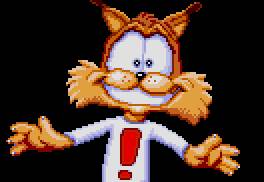
Bubsy’s failure as a character and franchise boils down to a few key reasons:
Overconfidence and Lack of Innovation: Bubsy’s initial success was largely based on the popularity of mascot platformers in the early ’90s. However, unlike Sonic or Mario, who evolved over time with tighter gameplay and more complex narratives, Bubsy remained stagnant. The gameplay never improved, and the character’s over-the-top personality grated on players rather than endearing him to them.
Annoying Character Design: Bubsy’s attitude, which was meant to be cool and cocky, came across as forced and irritating. His catchphrases were repeated ad nauseam, and his constant quips made players want to mute the game entirely.
Poor Quality Control: Bubsy’s games were often riddled with technical flaws, poor controls, and frustrating level designs, making them difficult to enjoy even for those who wanted to give the character a chance.
Bubsy the Bobcat will always be remembered, but for all the wrong reasons. While other platforming mascots like Sonic and Mario have stood the test of time, Bubsy is a relic of a bygone era when character over substance was seen as a winning formula.

